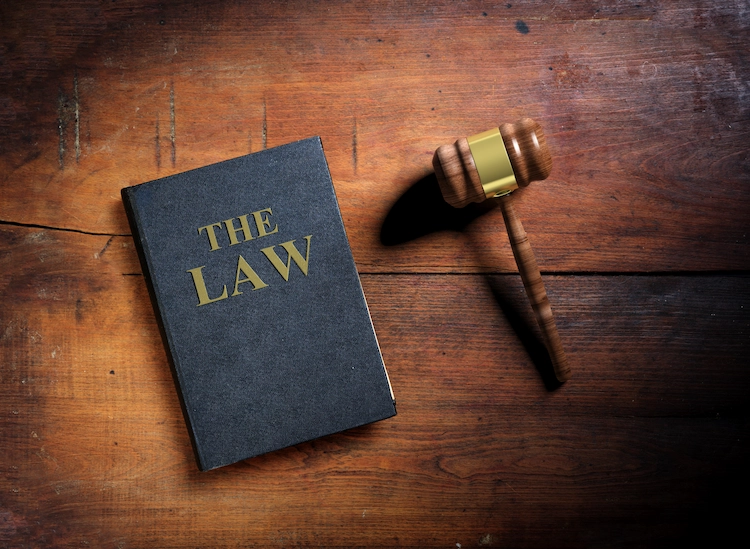SCOTUS Rules Plaintiffs Lack Standing to Challenge Government’s Alleged Social Media Censorship

In Murthy v. Missouri, 603 U. S. ____ (2024), the U.S. Supreme Court held that two States and five individual social-media users who sued dozens of Executive Branch officials and agencies, alleging that the Government pressured the platforms to censor their speech in violation of the First Amendment, lacked Article III standing to bring their suits.
Facts of the Case
Social-media platforms like Facebook have longstanding content-moderation policies in place which they have used to suppress certain categories of speech, including speech they judge to be false or misleading. In 2020, the platforms announced that they would enforce these policies against users who post false or misleading content about the COVID-19 pandemic.
The platforms also applied misinformation policies during the 2020 election season. During that period, various federal officials regularly spoke with the platforms about COVID–19 and election-related misinformation. For example, White House officials publicly and privately called on the platforms to do more to address vaccine misinformation. Surgeon General Vivek Murthy issued a health advisory that encouraged the platforms to take steps to prevent COVID–19 misinformation “from taking hold.”
The Centers for Disease Control and Prevention alerted the platforms to COVID–19 misinformation trends and flagged example posts. The Federal Bureau of Investigation and Cybersecurity and Infrastructure Security Agency communicated with the platforms about election-related misinformation in advance of the 2020 Presidential election and the 2022 midterms.
In the case before the Court, two States and five individual social-media users sued dozens of Executive Branch officials and agencies, alleging that the Government pressured the platforms to censor their speech in violation of the First Amendment. Following extensive discovery, the District Court issued a preliminary injunction.
The Fifth Circuit Court of Appeals affirmed in part and reversed in part. The appeals court held that both the state plaintiffs and the individual plaintiffs had Article III standing to seek injunctive relief. On the merits, the court held that the Government entities and officials, by “coerc[ing]” or “significantly encourag[ing]” the platforms’ moderation decisions, transformed those decisions into state action. The court then modified the District Court’s injunction to state that the defendants shall not coerce or significantly encourage social-media companies to suppress protected speech on their platforms.
Supreme Court’s Decision
The Supreme Court reversed by a vote of 6-3. It held that neither the individual nor the state plaintiffs have established Article III standing to seek an injunction against any defendant.
“To establish standing, the plaintiffs must demonstrate a substantial risk that, in the near future, they will suffer an injury that is traceable to a Government defendant and redressable by the injunction they seek,” Justice Amy Coney Barrett wrote. “Because no plaintiff has carried that burden, none has standing to seek a preliminary injunction.”
As Justice Barrett explained, because the plaintiffs were seeking forward-looking relief limiting future communications between government officials and social media platforms, they needed to demonstrate “a substantial risk that, in the near future, at least one platform will restrict the speech of at least one plaintiff in response to the actions of at least one Government defendant.”
The Supreme Court went on to find that the plaintiffs largely failed to link their past social-media restrictions and the defendants’ communications with the platforms. In support, Justice Barrett emphasized that “the platforms moderated similar content long before any of the Government defendants engaged in the challenged conduct.”
While the Court acknowledged that Jill Hines, a healthcare activist, faced COVID–19-related restrictions on Facebook, it found that she could not demonstrate likely future harm at the hands of these defendants. According to the Court, the frequent, intense communications that took place in 2021 between the Government defendants and the platforms had considerably subsided by 2022, when Hines filed suit and, thus, it is “no more than conjecture” to assume that Hines will be subject to Government-induced content moderation.
The Court also rejected the plaintiffs’ “right to listen” theory of standing, which relies on their interest in reading and engaging with the content of other speakers on social media. “This theory is startlingly broad, as it would grant all social-media users the right to sue over someone else’s censorship—at least so long as they claim an interest in that person’s speech,” Justice Barrett wrote. “This Court has never accepted such a boundless theory of standing.”
Previous Articles
Supreme Court Clarifies Applicability of First Step Act to Vacated Sentences
by DONALD SCARINCI on September 4, 2025
In Hewitt v. United States, 606 U.S. ____ (2025), a divided U.S. Supreme Court held that the First ...
SCOTUS Rules E-Cigarette Retailers Can Challenge FDA Order in Fifth Circuit
by DONALD SCARINCI on
In FDA v. R. J. Reynolds Vapor Co., 606 U.S. ____ (2025), the U.S. Supreme Court held that e-cigare...
Supreme Court Expands Judicial Review of Agency Actions
by DONALD SCARINCI on
In McLaughlin Chiropractic Associates, Inc. v. McKesson Corp., 606 U.S. ____ (2025), the U.S. Supre...
The Amendments
-
Amendment1
- Establishment ClauseFree Exercise Clause
- Freedom of Speech
- Freedoms of Press
- Freedom of Assembly, and Petitition
-
Amendment2
- The Right to Bear Arms
-
Amendment4
- Unreasonable Searches and Seizures
-
Amendment5
- Due Process
- Eminent Domain
- Rights of Criminal Defendants
Preamble to the Bill of Rights
Congress of the United States begun and held at the City of New-York, on Wednesday the fourth of March, one thousand seven hundred and eighty nine.
THE Conventions of a number of the States, having at the time of their adopting the Constitution, expressed a desire, in order to prevent misconstruction or abuse of its powers, that further declaratory and restrictive clauses should be added: And as extending the ground of public confidence in the Government, will best ensure the beneficent ends of its institution.





